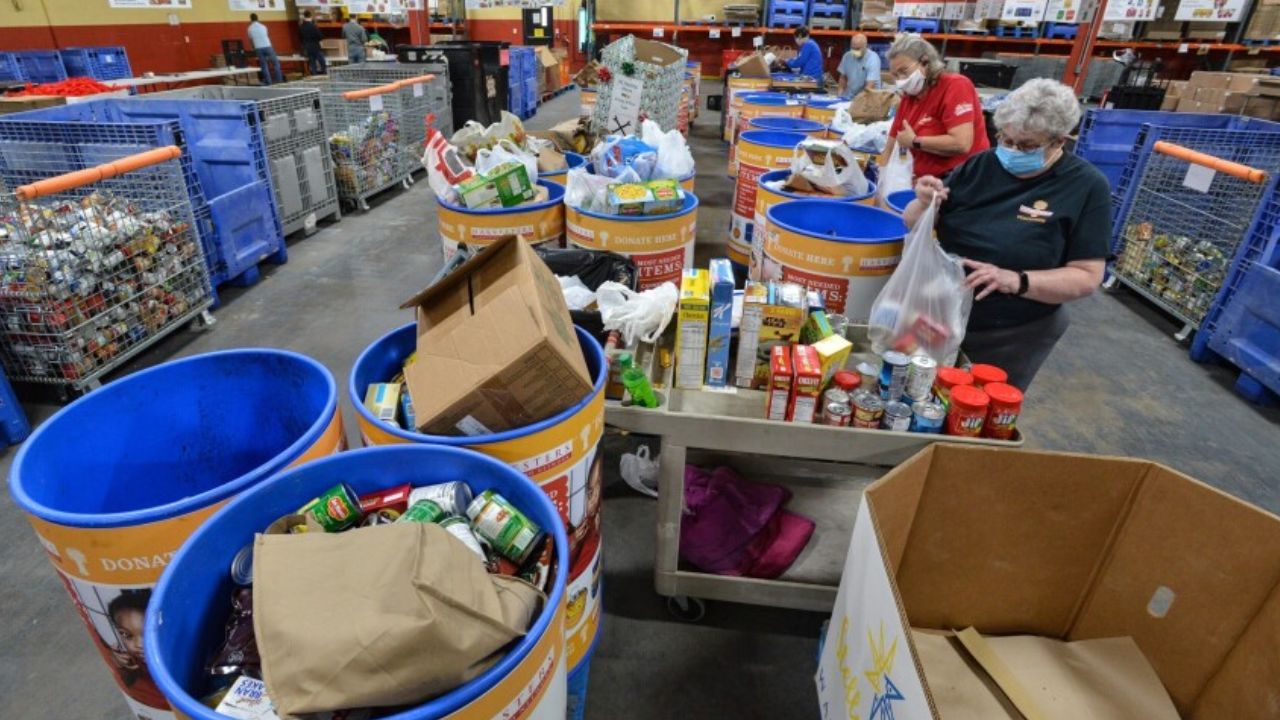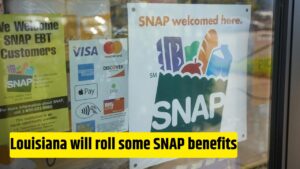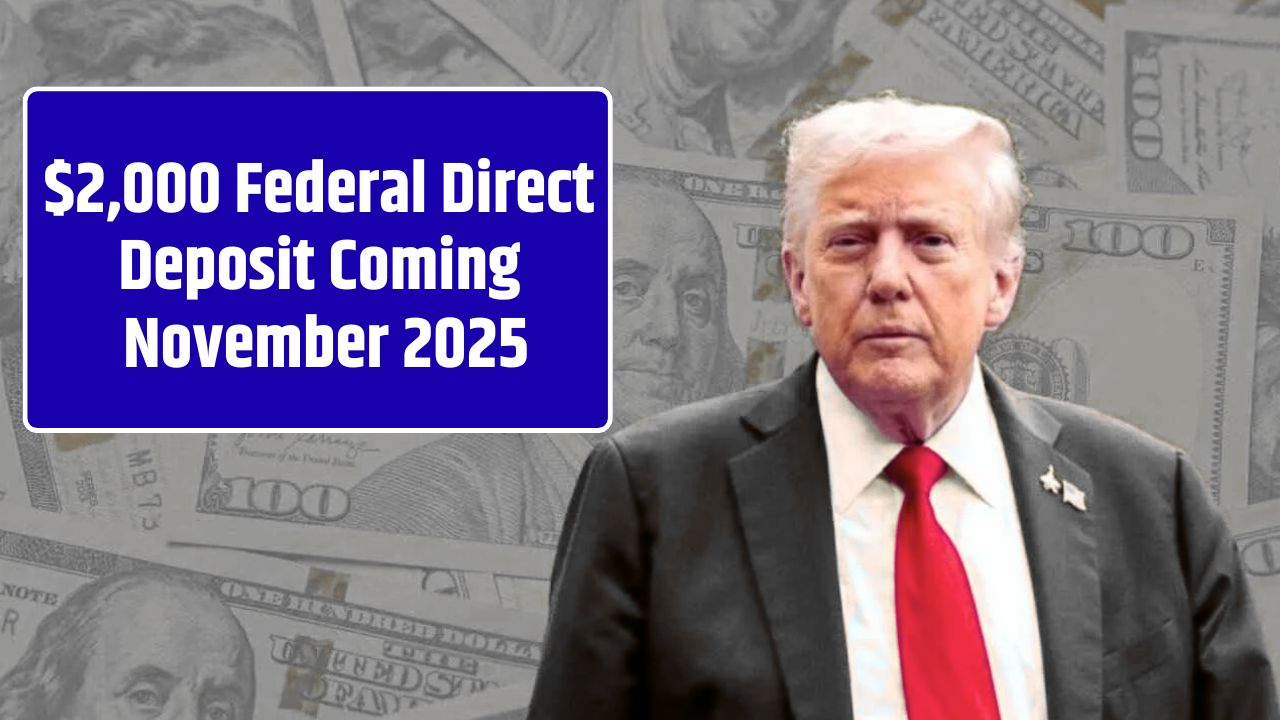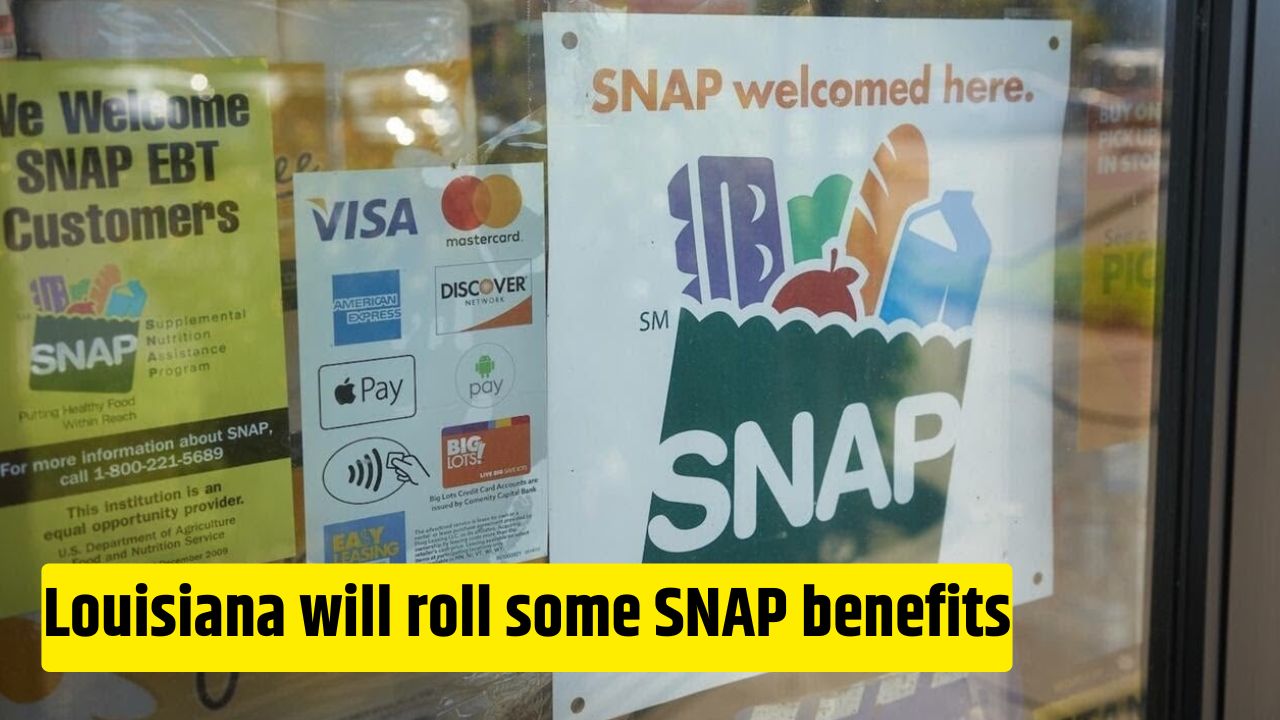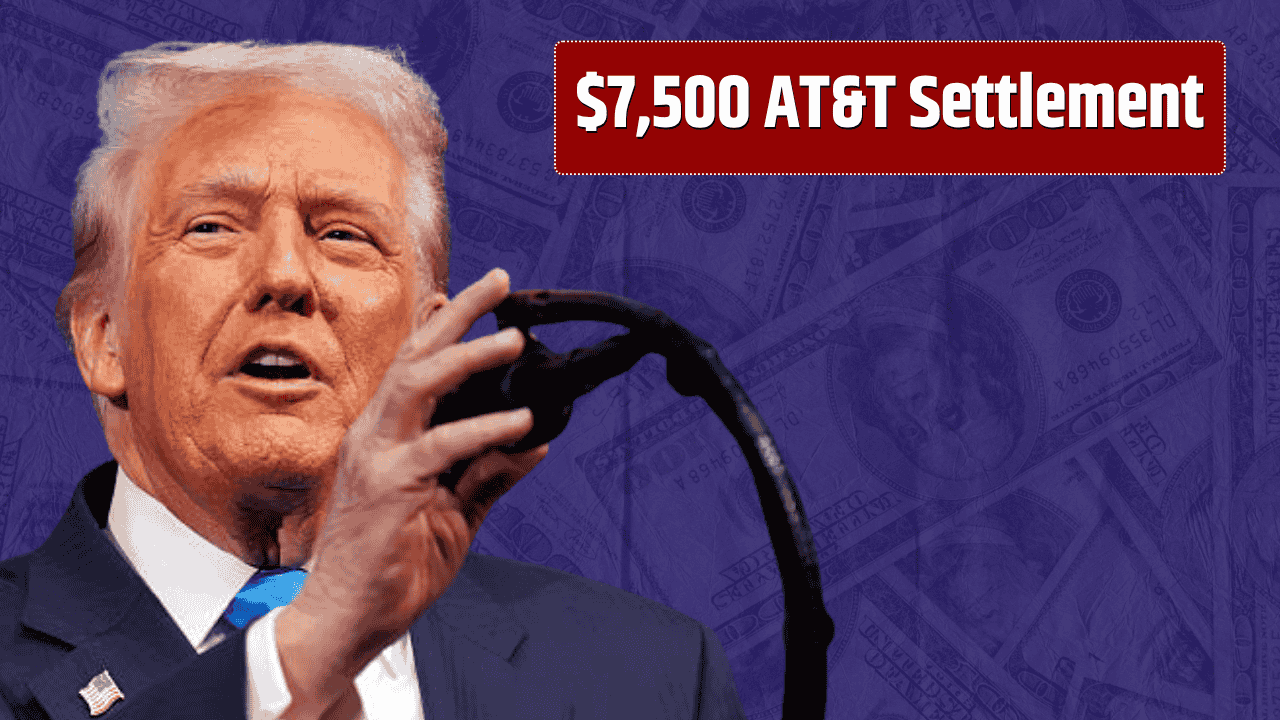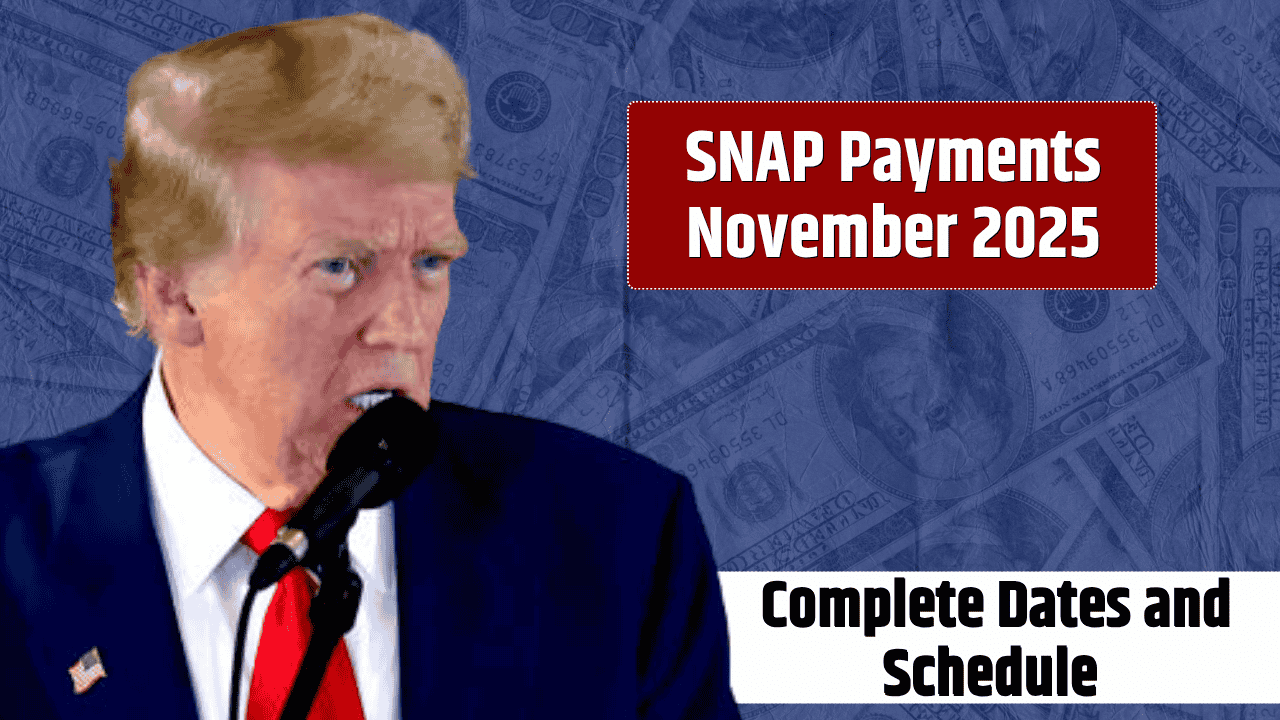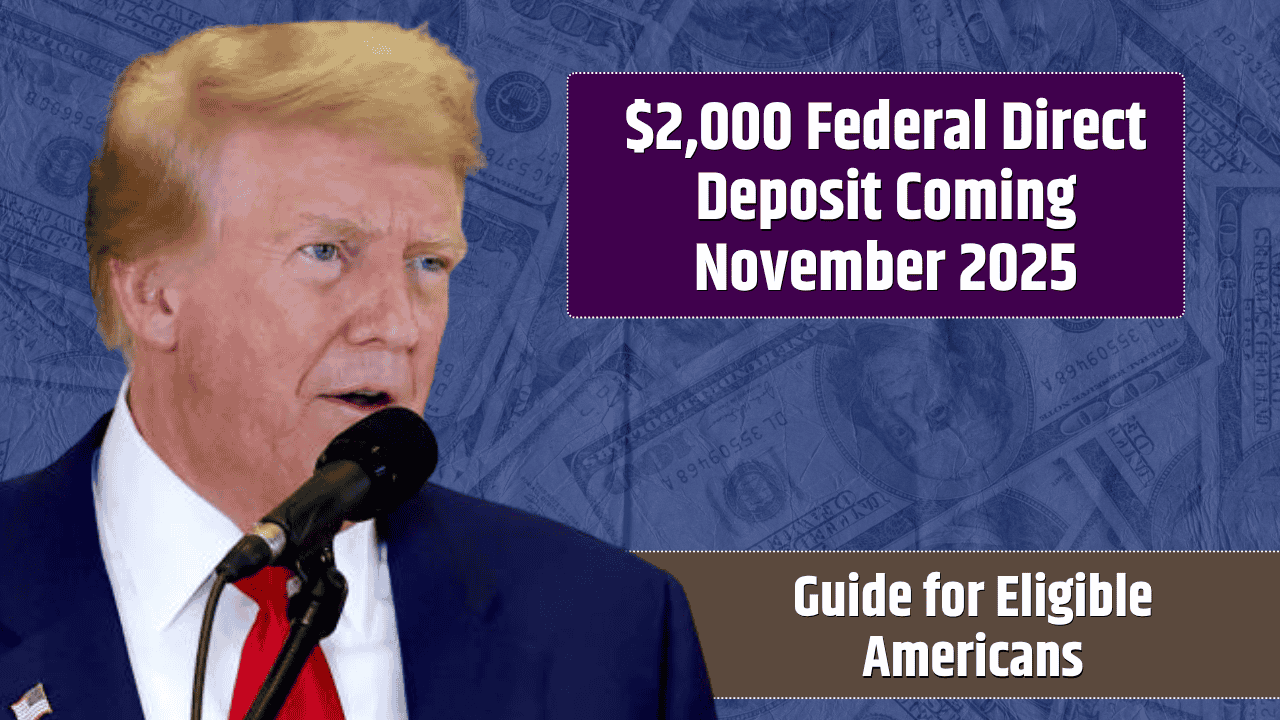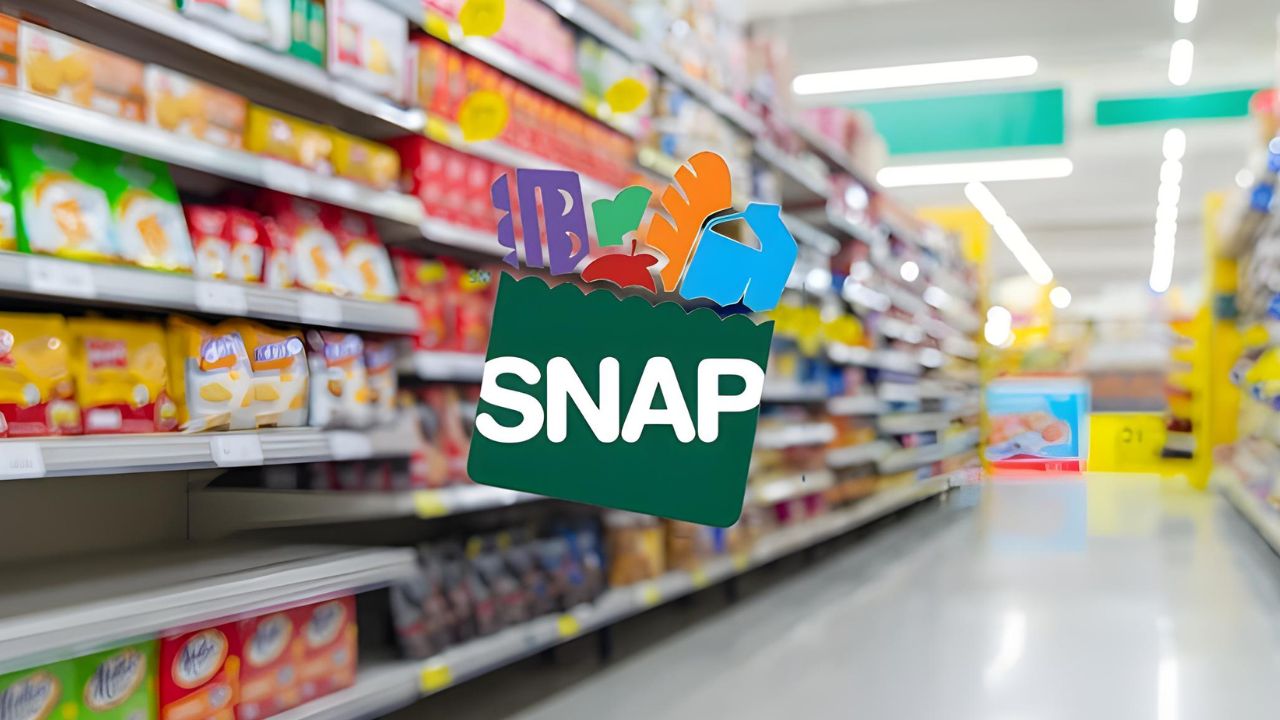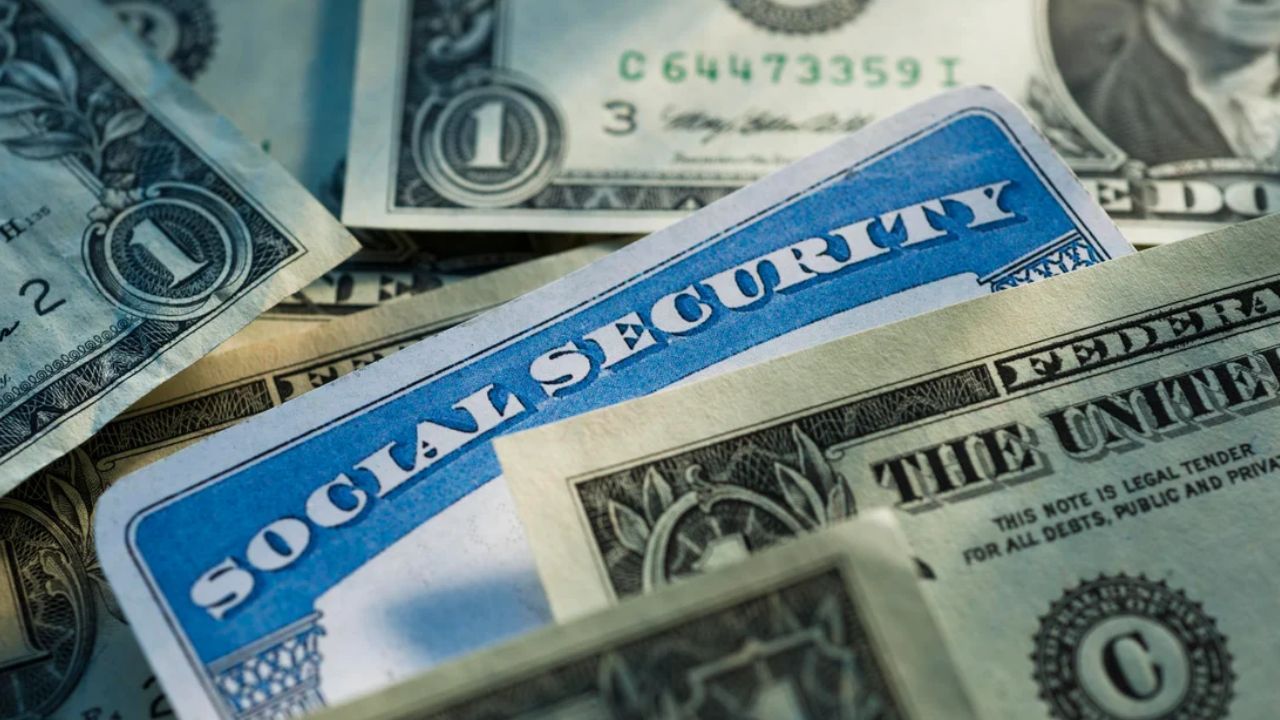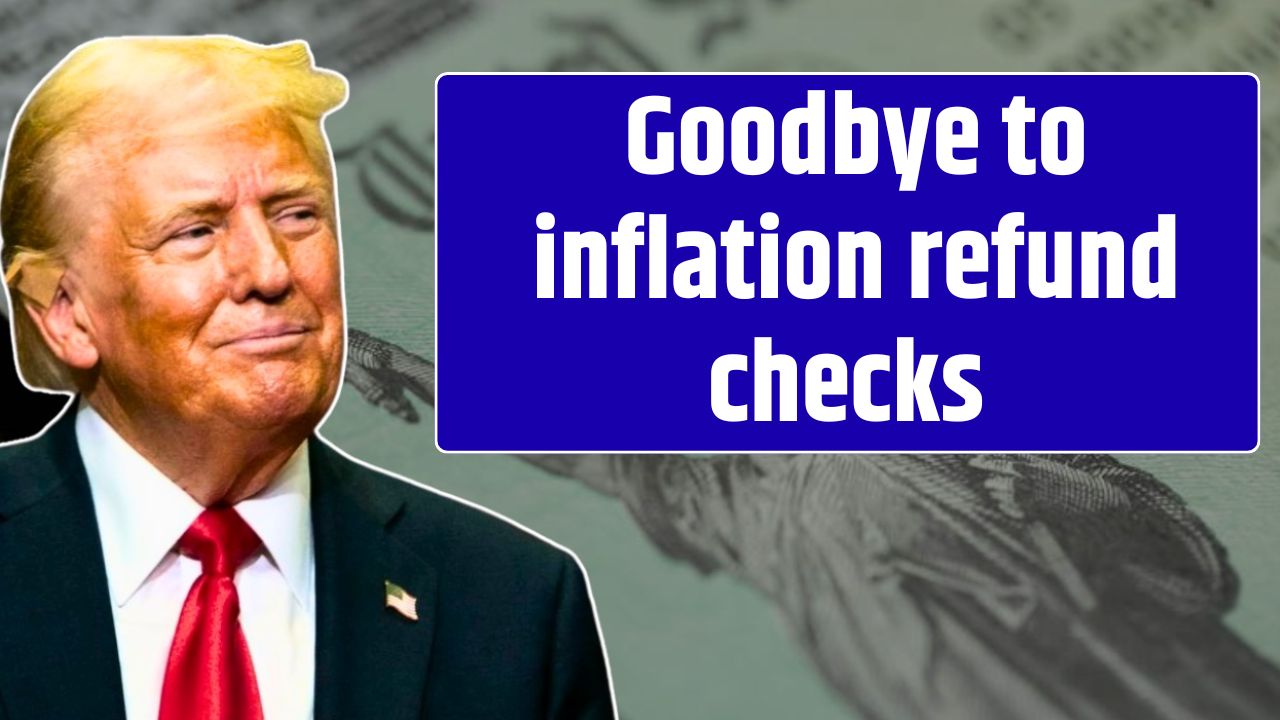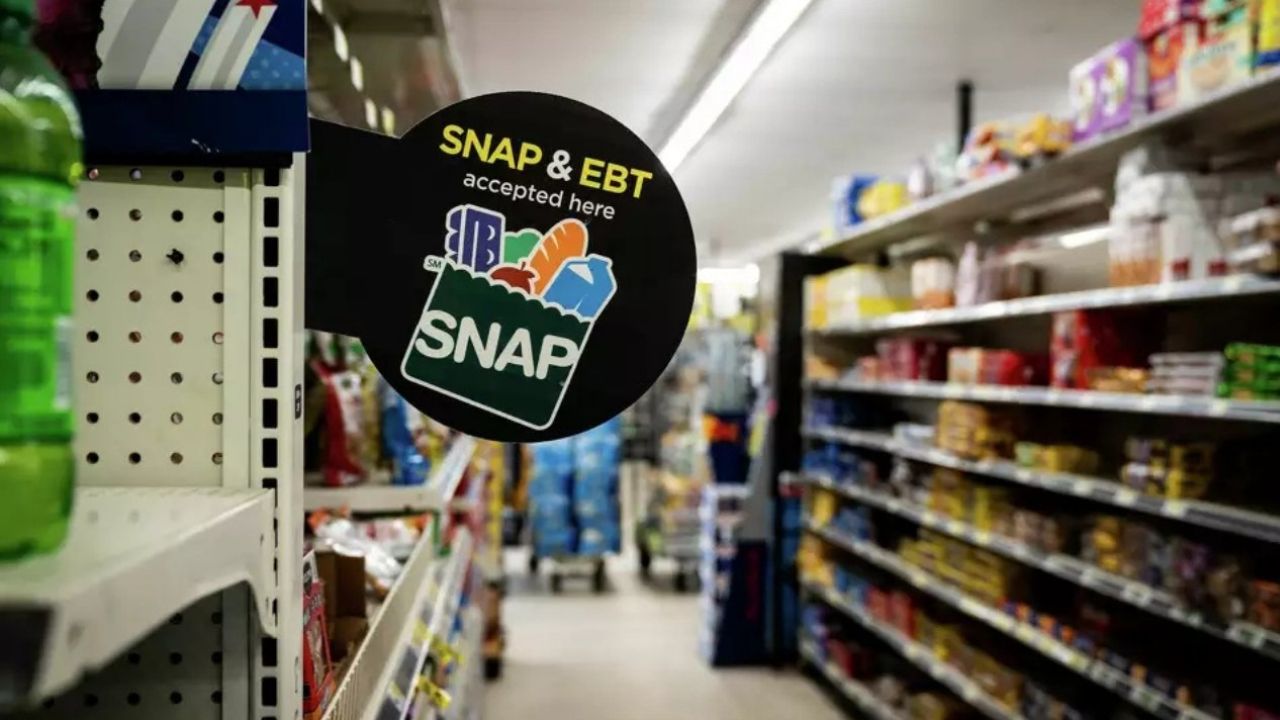It’s the kind of headline that makes stomachs drop — and not just from hunger. The U.S. Department of Agriculture (USDA) quietly posted a notice this weekend that sent shockwaves through communities across America: federal food aid won’t go out on November 1 if the government shutdown continues.
For roughly 42 million people — that’s about 1 in 8 Americans — this isn’t politics. It’s groceries. It’s dinner. It’s survival.
SNAP Caught in the Shutdown Crossfire
The warning centers on SNAP, the Supplemental Nutrition Assistance Program, a safety net that delivers monthly benefits for low-income households to buy food. Normally, those payments hit recipients’ cards on the first of each month. But this time, the USDA says, the well is dry.
In a notice now live on USDA.gov, the agency’s message is blunt:
“At this time, there will be no benefits issued November 1. We are approaching an inflection point for Senate Democrats.”
The statement signals that unless Congress finds a funding deal in the next few days, tens of millions of families could wake up without the assistance that keeps food on their tables.
How We Got Here
The shutdown, which began October 1, is now entering its fourth week, making it the second-longest in U.S. history. The Trump administration and Senate Democrats remain locked in a standoff over broader budget issues — specifically, whether to link reopening the government to extensions of health care subsidies under the Affordable Care Act (ACA).
- Republicans insist the government must reopen before any negotiations on subsidies.
- Democrats counter that they won’t agree to a temporary fix that leaves those subsidies — and millions of insured Americans — hanging.
Caught in the middle: SNAP recipients, state agencies, and grocery retailers who process those benefits daily.
Why the USDA Says It Can’t Pay
Here’s where it gets technical — and tense.
The administration had about $5 billion in contingency funds available, but a new USDA memo says those funds cannot legally be used for regular benefits. Instead, they’re reserved for emergencies like hurricanes, wildfires, or major disasters.
The memo specifically cited Hurricane Melissa, which recently strengthened into a major storm, as an example of why that reserve must stay untouched.
“Contingency funds are not legally available to cover regular benefits,” the USDA wrote.
Translation: even if the money exists, the department says it can’t spend it to keep SNAP running.
What States Are Doing — or Can’t Do
The federal freeze is now sending governors and local agencies scrambling. Some states have pledged to try to keep benefits flowing — even if that means covering costs themselves.
But there’s a catch: the USDA memo warns that states won’t be reimbursed later if they do so.
| State | Response to USDA Notice | Reimbursement Status |
|---|---|---|
| California | Exploring state-funded extension | Not eligible for reimbursement |
| New York | Considering emergency relief fund | Not eligible for reimbursement |
| Arkansas | Advising recipients to contact food pantries | Awaiting federal guidance |
| Oklahoma | Issued statewide food resource list | No state funds available |
With no clear path for repayment, even states with strong budgets are hesitating. Others — particularly those with high rural poverty rates — are already warning residents to brace for interruption.
Real People, Real Consequences
A missed SNAP payment isn’t just a bureaucratic hiccup; it’s a crisis that ripples through local economies.
Retailers that rely on SNAP transactions could see business dry up overnight. Food pantries and churches, already stretched thin, are preparing for surges in demand.
“It’s not just about people losing benefits,” said Allison Beers, a director of a community food bank in Little Rock. “It’s about grocery stores losing customers, delivery trucks sitting idle, and kids going to bed hungry.”
Political Crossfire
The blame game is in full swing.
Sen. Chris Murphy (D-Conn.) blasted the administration on CNN’s State of the Union, saying, “The reality is, if they sat down to negotiate, we could probably come up with something pretty quickly. We could open up the government on Tuesday or Wednesday, and there wouldn’t be any crisis in the food stamp program.”
Republican officials, meanwhile, argue that Democrats are holding up the process by refusing to approve a “clean” government funding bill.
As one White House official put it, “The Democrats are choosing to let food benefits lapse rather than allow the government to reopen.”
Neither side shows signs of blinking. And the clock is ticking.
What Happens If SNAP Payments Stop
If the shutdown continues into November, here’s what families can expect:
- No new SNAP deposits after November 1.
- EBT cards will still work — but only until existing balances are depleted.
- Retailers accepting SNAP may face reimbursement delays.
- WIC and school lunch programs may face secondary disruptions by mid-November if federal agencies remain closed.
Some states and nonprofits are already ramping up emergency food distribution. Households can find help through networks like Feeding America and 211.org, which connect families to nearby food banks.
FAQs:
When will SNAP benefits stop?
If the shutdown continues, new SNAP payments will not be issued on November 1.
Can states keep paying benefits?
Technically yes, but they won’t be reimbursed by the federal government later.
What about WIC or school lunch programs?
Those programs could face interruptions by mid-November if the shutdown continues.

